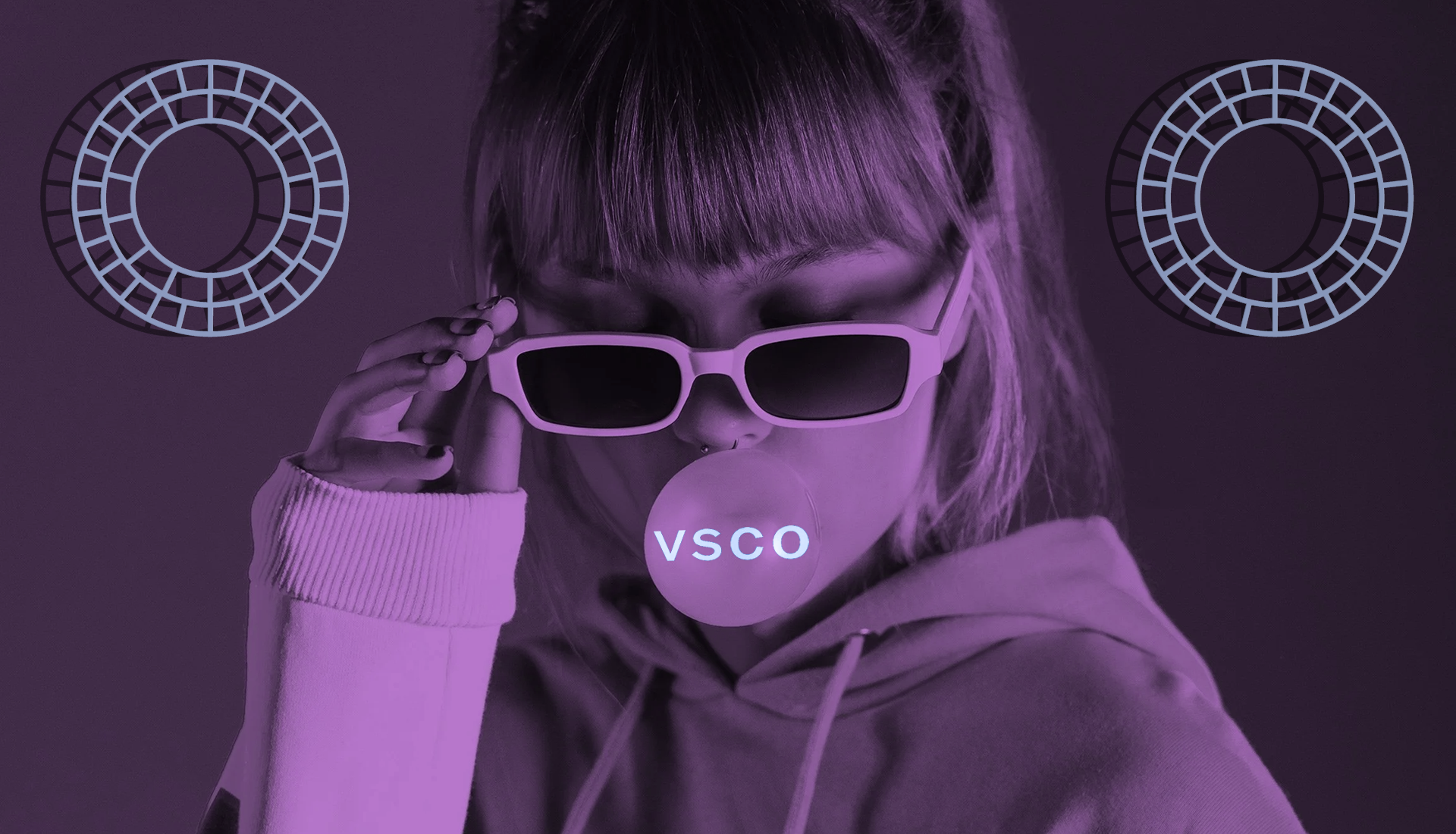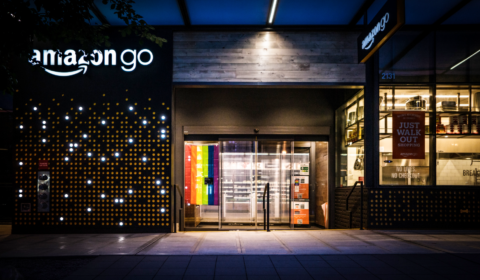For years, Instagram has reigned supreme over photo-based platforms. But it appears that up-and-coming app VSCO is giving Insta a run for its money after becoming a hit with Gen Z.
Instagram has become one of the most popular social media platforms in 2019, boasting over 500 million daily users. Whether we’re looking to have a parous through our friends’ latest holidays, to get updates from our favourite musicians, shows, and athletes, or just to find the dankest memes of the day, Instagram (conventionally) is the go-to platform for most of us.
However, it appears that VSCO is beginning to creep onto Insta’s turf with an increasing number of Gen Z users migrating over to the newby app as their digital canvas of choice.
VSCO earned its stripes among photography enthusiasts early on, maintaining a steady spot in the app store’s top 15 photography and video apps after its 2011 launch. But until very recently, it was largely seen as a niche/specialist platform and not one that would break into the mainstream.
However, the Adobe based gallery has gained serious traction with a much wider audience in 2019… arguably the most loyal audience of all too, Gen Z. As of today, VSCO holds a whopping 30 million users, 75% of which are Gen Z – meaning 750,000 of the 1 million paid subscribers are teens willing to invest £18 annually for their profiles.





















